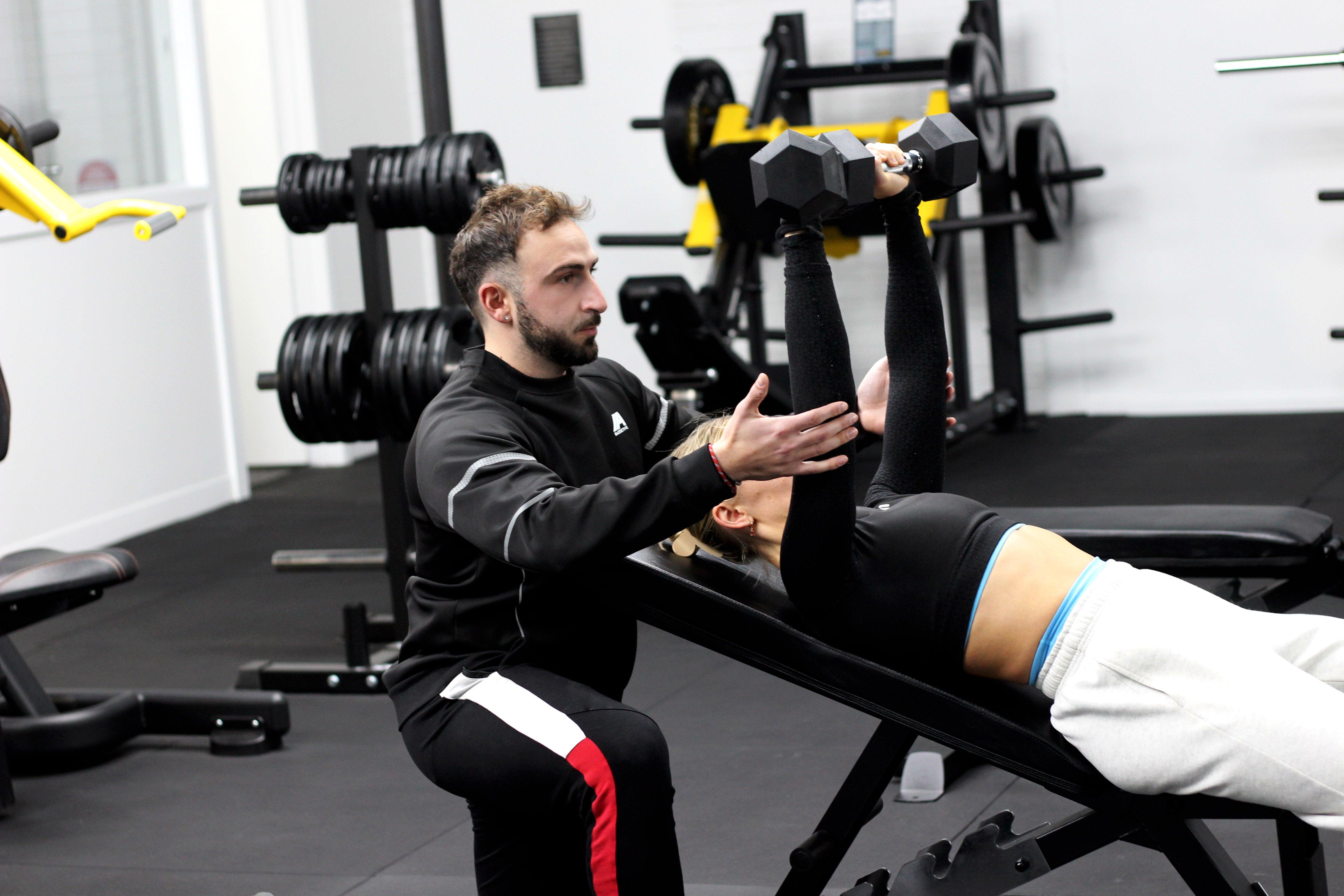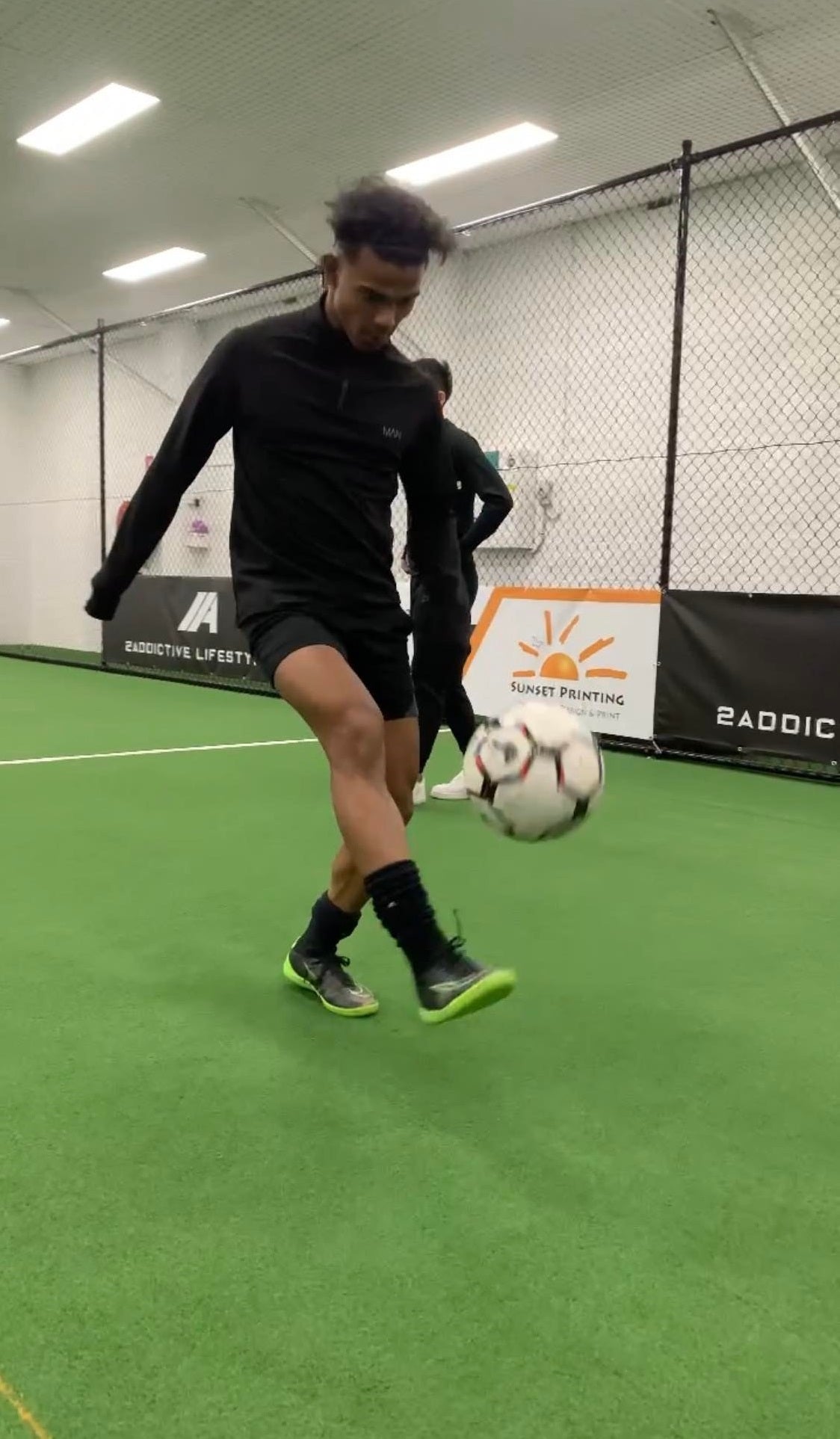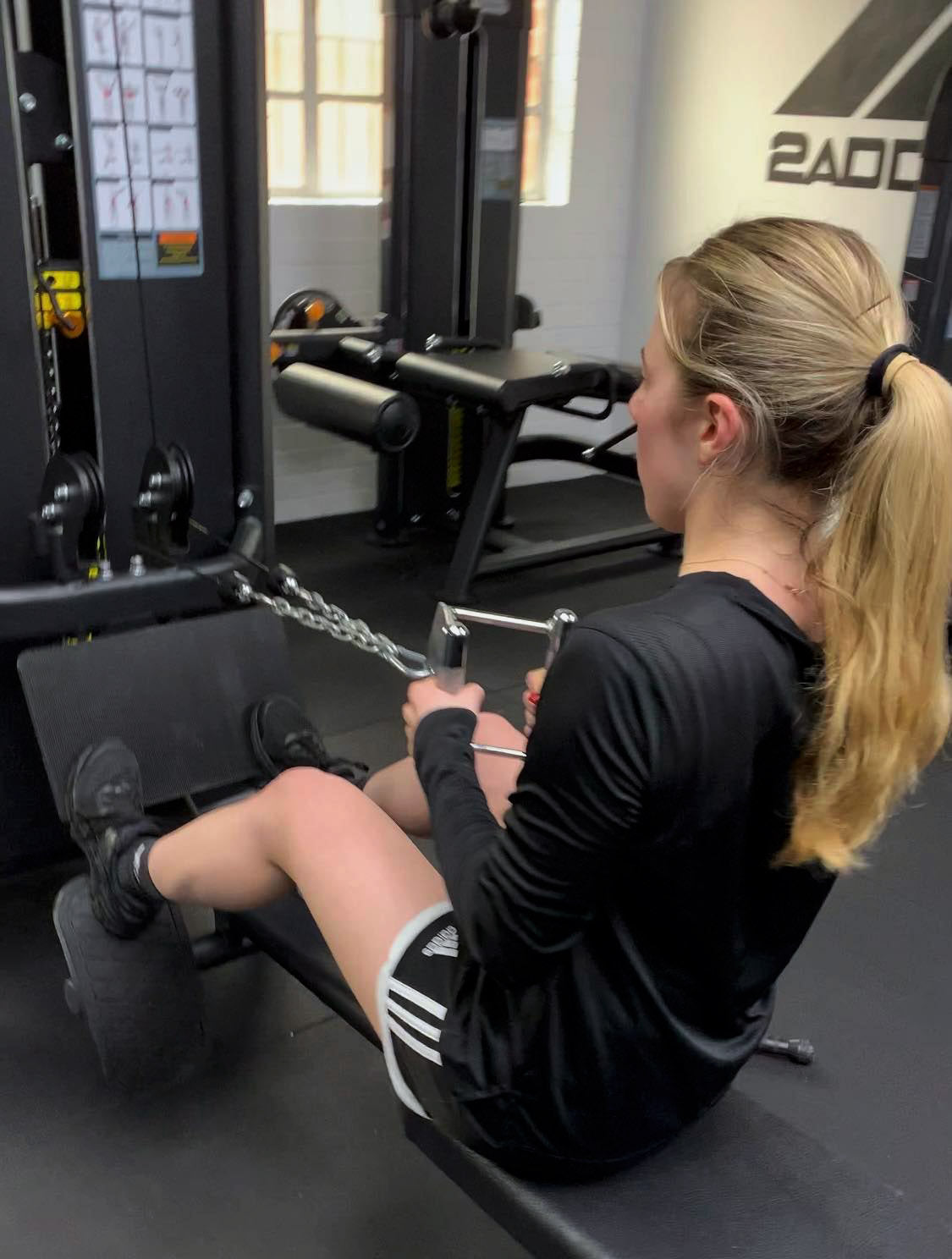Soccer is more than just a game; it's a dynamic arena for personal growth, teamwork, and athletic development. For countless players, it serves as a canvas to paint their dreams, hone their skills, and forge lifelong friendships. The thrill of the game goes beyond just scoring goals or winning trophies; it's about learning resilience, fostering camaraderie, and understanding the intricate dance of strategy and skill.
However, the effectiveness of this journey hinges significantly on how players practice. Traditional training methods often leave players feeling disengaged and underprepared for the challenges they face in actual matches. This is where small-sided soccer games (SSGs) come into play, revolutionizing the training landscape. By minimizing the number of players on the field, SSGs create an environment where each participant becomes integral to the game, providing them with countless opportunities to develop their technical skills and tactical understanding.
These formats—such as 2v2, 3v3, or our popular 4v4 indoor league—empower players to immerse themselves fully in the game. With increased touches on the ball and a heightened sense of involvement, players not only refine their skills but also develop critical decision-making abilities. In a sport where split-second choices can determine the outcome, fostering these skills is essential for any aspiring athlete.
1. More Touches
One of the primary advantages of small-sided games is that they increase the number of touches each player gets on the ball. With fewer players involved, each participant has more opportunities to make decisions and showcase their skills in a competitive setting. Research indicates that players develop their "soccer brains" more quickly when they engage in environments that encourage frequent decision-making and skill execution (Clarke, 2024).
2. Easier Decisions
In smaller formats, players face fewer options, making decision-making more manageable. This is particularly beneficial for young players who may struggle with complex tactical scenarios. Simplifying the game allows them to focus on fundamental skills like ball control and passing, ultimately building their confidence as they gradually learn to navigate more complex situations (Clarke, 2024).
3. Score More Goals
Every player, regardless of age, relishes the thrill of scoring a goal. The joy of seeing young athletes celebrate their accomplishments not only fosters a love for the game but also motivates them to continue improving. Small-sided games naturally lead to more scoring opportunities, enhancing the overall enjoyment of soccer and encouraging players to develop their finishing skills (Clarke, 2024).
4. More Space = Creativity
With fewer players on the pitch, there is generally more space for creativity to flourish. Players are free to attempt new moves and take shots without immediately encountering a wall of defenders. This increased space encourages young athletes to experiment with their skills, nurturing their creativity and problem-solving abilities (Clarke, 2024).
5. Every Player Has an Influence
In larger games, it’s easy for some players to fade into the background. Small-sided games ensure that every player must contribute to the play, preventing one or two individuals from dominating the game. This equal participation fosters a sense of responsibility and encourages all players to develop their skills and engage with the game (Clarke, 2024).
6. Learn When to Use a Skill
While drills focused on technique are valuable, they may not translate effectively to game situations. Small-sided games bridge this gap by allowing players to practice skills in competitive settings, learning when and how to apply what they’ve practiced in drills (Clarke, 2024).
The Science Behind Small-Sided Games
Research indicates that small-sided games can deliver significant physical benefits alongside technical and tactical development. According to George Farrell, a strength and conditioning coach, SSGs enhance aerobic and anaerobic conditioning more effectively than traditional drills, leading to improved player performance and reduced injury risk (Farrell, 2024). This dual benefit is vital, especially for youth athletes who require a robust fitness foundation to excel.
Moreover, a meta-analysis comparing small-sided games to conventional endurance training found that both methods significantly improved aerobic endurance in male youth soccer players. Importantly, small-sided games provide an efficient way to combine endurance and skill training, making them a valuable addition to any coaching program (Meta-Analysis, 2024).
Conclusion: Experience the Benefits at 2addictivelifestyles
Incorporating small-sided games into training not only enhances individual technical development but also improves tactical awareness and decision-making. At 2addictivelifestyles Training Centre, located in Bayside Cheltenham, we prioritize these approaches by offering our popular 4v4 indoor soccer league for juniors and seniors. Additionally, our unique Squad Training combines agility, dynamic movement, ball skills, ball mastery, and strength conditioning in our gym. We also incorporate small-sided games into our junior Squad Training, providing a holistic development experience for young athletes.
References
- Clarke, D. (2024). Six Reasons to Use Small-Sided Games. SoccerCoachWeekly.net.
- Farrell, G. (2024). How Small-Sided Games Can Deliver Big Results. Science for Sport.
- Meta-Analysis. (2024). Small-Sided Games vs. Conventional Endurance Training: A Meta-Analysis of Effects on Youth Soccer Players. [Journal/Source if available].








